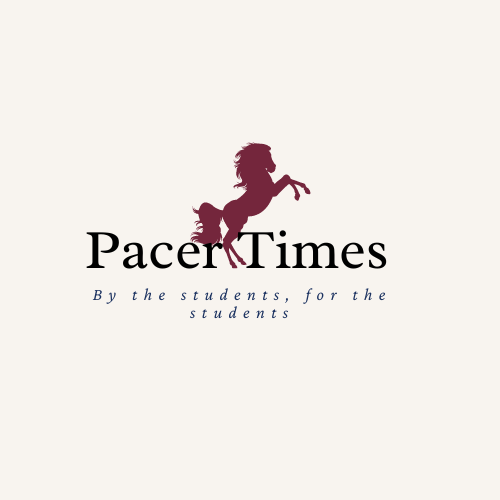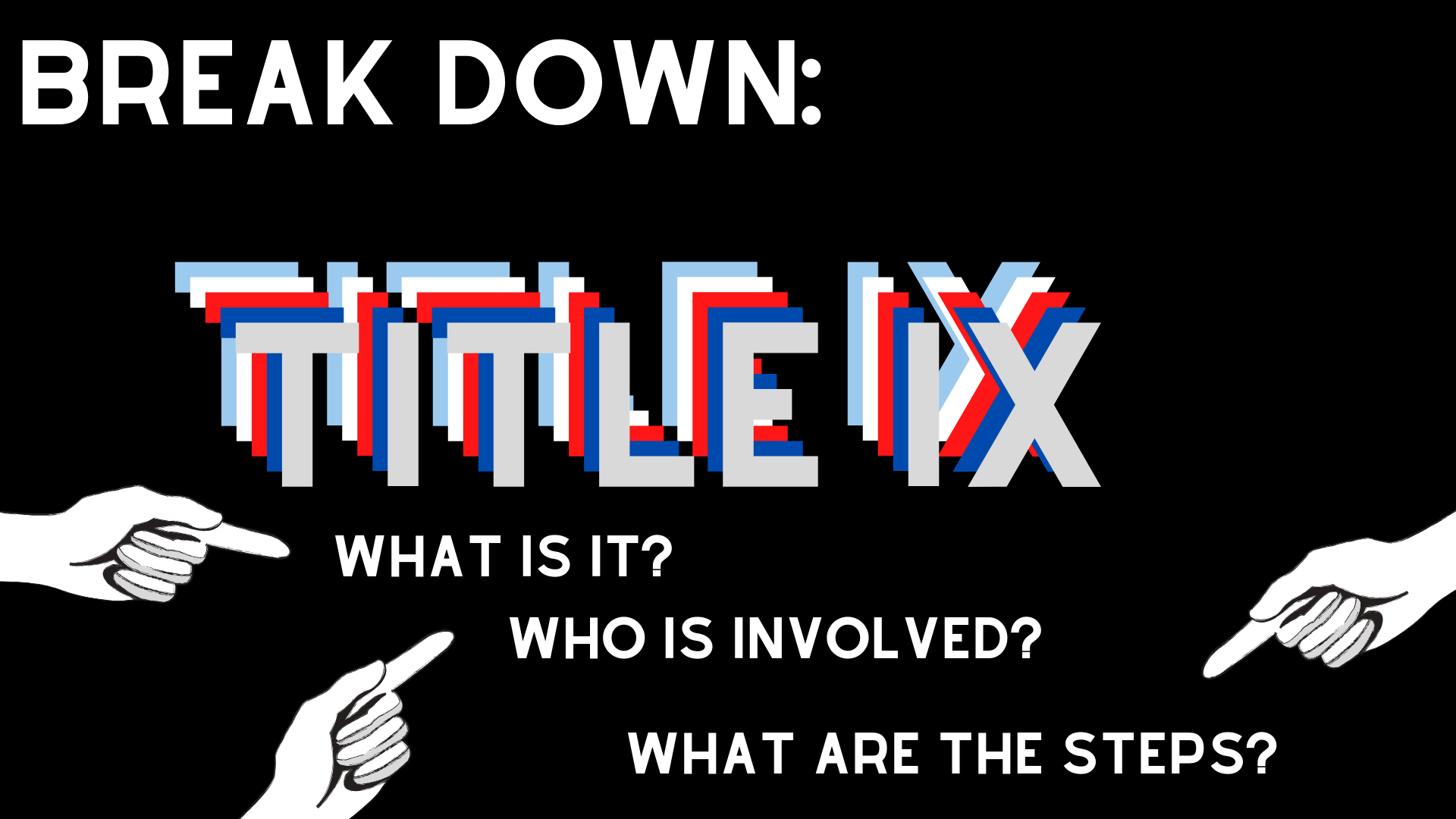USC Aiken sets regulations, guidelines for fall semester
USC Aiken has initiated multi-departmental and institutional guidelines to combat COVID-19 on campus. The mitigation plan, Ready Set Return, lays out these new procedures in its 106-page document.
“... The university formed multiple Future Planning Taskforces consisting of faculty, staff, and administrators. The taskforces were charged to research, discuss, and develop plans for reopening the university in fall 2020,” the document describes.
Of these taskforces, 10 include “public health, enrollment and admissions, academics and research, institutional finances, housing and meal services, technology readiness, communications, athletics, community interaction, and current student engagement.”
The final two determine appropriate guidelines and safety procedures for the usage of institutional spaces and mental health support systems.
Along with 12 task forces, two co-coordinators focus primarily on COVID-19 and communicate with S.C. Department of Health and Environmental Control (DHEC).
Despite the pandemic, the university has expressed that it will continue to “remain committed to providing an excellent academic and student experience in a safe and healthy environment.”
The statement also acknowledged the uncertainty COVID-19 has produced nationwide, noting that with new knowledge adjustments may be made to current guidelines.
The university has provided insights into its new prevention techniques, including minimum ventilation with greater outside air circulation, limited shared objects, modified seating arrangement to account for social distancing guidelines, continued shared information on prevention to students and faculty, enforcing masks or face shields and daily sanitation.
To continue combatting the pandemic, USCA will be monitoring local data and evolving trends.
The university created a five-tiered alert system that corresponds to COVID-19 associated risks.
The first level, white alert, details a “new normal” system that is in place once virus circulation has decreased and safety measures can be slowly lifted.
Triggers for this level include an effective vaccine or treatment that is widely available, increased herd immunity (>60%), regional case decline and no reported cases on campus for 60 days. At this level, classes can be expected to be at full capacity.
Green Alert involves normal operations with safety practices still in place. While the threat of an outbreak still exists at this level, contact tracing and testing allow for more relaxed policies. At this level, the university can still provide testing for all exposed or asymptomatic students and employees. Low-density instruction remains.
Yellow Alert is considered to have a moderate risk. The institution may remain open while safety protocols are still in place. Instruction would include a mix of in-person and remote instruction with online options available for students requiring or requesting accommodations.
Orange Alert is considered high alert, but still allows the university to operate on campus. Students and faculty may be required to isolate at home for one to several days and meeting limitations would be put in place. At this level, the university would be at full capacity for providing isolation for exposed students on campus and the overall campus cases show an increase. Instruction at this level is primarily remote.
The final level, Red Alert, is the highest risk category and necessitates remote learning and athletic program suspension. This category is triggered by increasing cases, full or over-capacity of the university and medical centers regarding COVID-19 treatment and isolation.
Housekeeping and sanitation partners with USCA, Allegiance Industries, perform cleaning using EPA approved cleaning solutions twice a day, Monday through Friday, in every classroom to make sure proper sanitation is in place for class meetings.
A number of students have tested positive for COVID-19, per an email from the Office of the Chancellor sent on Aug. 21. They were “ immediately isolated” and the majority were asymptomatic.
The chancellor reminded students that “feeling well is not a guarantee of being COVID free, which is exactly why the mask-wearing is so key to your health and to those around you – your friends, loved ones, professors, and neighbors.”






